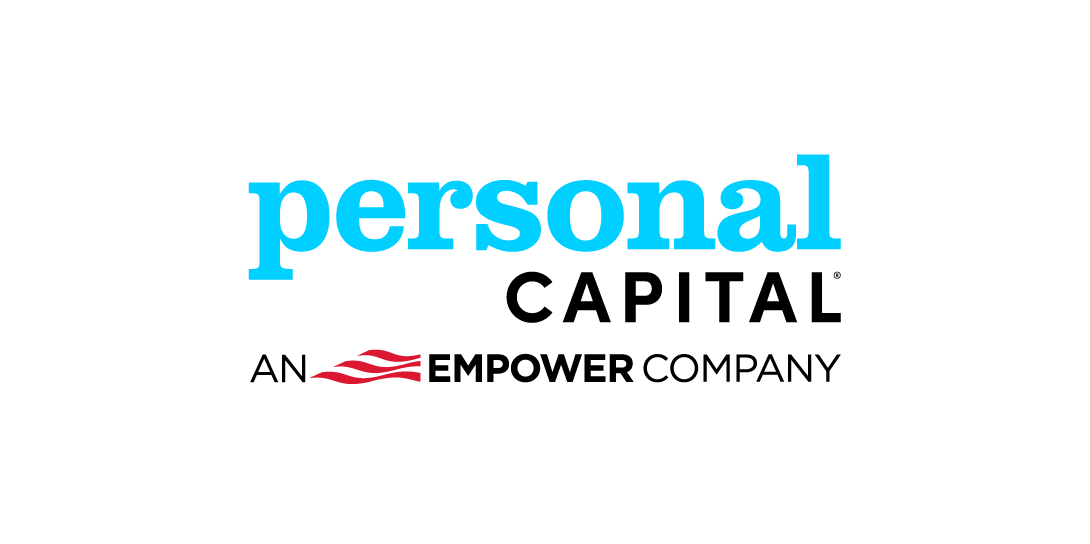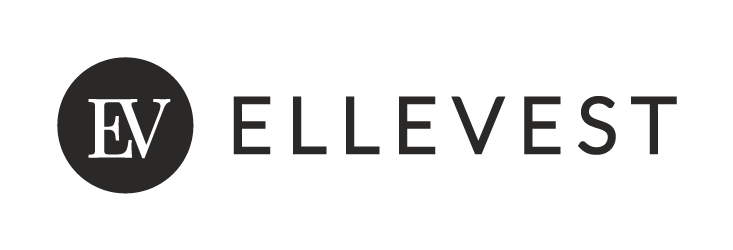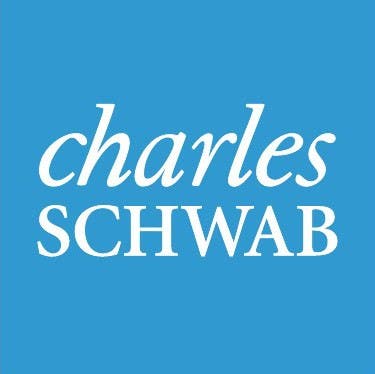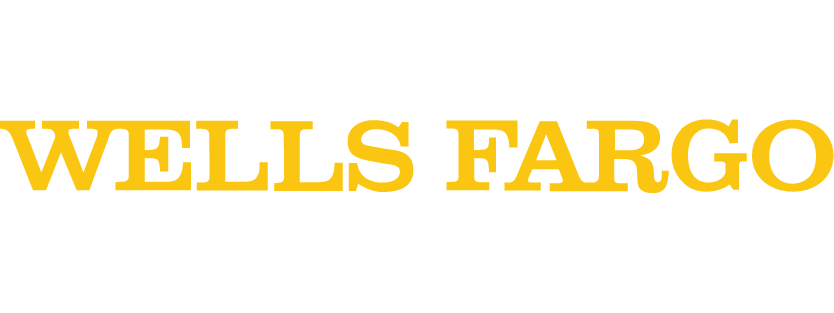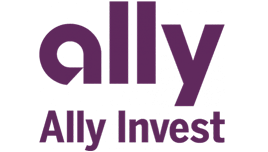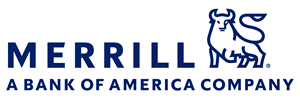SoFi Robo Investing review 2025
The Bankrate promise
At Bankrate we strive to help you make smarter financial decisions. While we adhere to strict , this post may contain references to products from our partners. Here's an explanation for .
SoFi Robo Investing: Best for
SoFi Robo Investing is a low-cost robo-advisor that’s a good fit for new investors and SoFi clients. However, this robo isn’t as cost-conscious as it used to be. While its 0.25 percent management fee puts it in line with competitors, it's a marked increase from the rock-bottom $0 fee it charged prior to November 2024. And while SoFi has overhauled its model portfolios and the funds used to create them — namely adding an alternative investment option — the cost of owning those funds has increased. It also lacks some premium features, such as tax-loss harvesting.
Still, SoFi Robo Investing offers a lot of value for the average investor. Clients can schedule a 30-minute introductory meeting with a certified financial planner (CFP) for free, and SoFi Plus members have unlimited access to CFP meetings. Plus the minimum to start investing is $50, lower than what you’ll find at Wealthfront ($500 to start investing) or Schwab Intelligent Portfolios ($5,000 to start investing), making SoFi a solid pick for those starting out with smaller sums of money.
If you’re looking to build a wider relationship with SoFi, a robo-advisor account could make a lot of sense. However, other investors may appreciate keeping their assets under one roof elsewhere at Schwab Intelligent Portfolios or Fidelity Go.
We want to know what you think about SoFi Robo Investing
Do you have experience with SoFi Robo Investing? Let us know your thoughts.
SoFi Robo Investing: In the details

Overview
SoFi Robo Investing makes a good pick for new investors, those with existing SoFi accounts and those on the hunt for access to human advisors.
- SoFi clients
- Newer investors
Pros: Where SoFi Robo Investing stands out
Easy to get started
It’s easy to get started with SoFi Robo Investing. You’ll run through a few questions about your investing goals and time horizon before picking one of five risk-tolerance profiles (conservative, moderately conservative, moderate, moderately aggressive and aggressive). If you need to, you can always go back and quickly edit your model portfolio with a couple of clicks.
Next, you’ll be prompted to transfer funds, where you can connect your SoFi account to your bank account. You can do this with instant verification, and you’ll be prompted to set up a recurring deposit. Or you can make a one-time deposit and be on your way.
It takes $50 to get started, which is a lower barrier to entry than at some other robos, such as Wealthfront, so you don’t need a lot of money to contribute at first. SoFi buys fractional shares in your account, so your money gets to work right away.
Automatic rebalancing is another service SoFi offers to simplify your investing experience. If your actual portfolio starts to drift from your target allocation (if stocks outperform bonds, for example), SoFi will bring it back in line.
Access to CFPs and customer support
SoFi allows any member to have a 30-minute introductory call with a certified financial planner, but ongoing meetings are limited to SoFi Plus members. The SoFi Plus program was launched in February 2025 and requires either a $10 per month subscription fee, or a direct deposit into a SoFi checking and savings account. The program also includes certain discounts and other premium features.
SoFi’s financial advisors abide by a fiduciary code to act in your best interest, which means they aren’t paid on commission. That’s important to note, since it eliminates a key conflict of interest and the chance of an advisor trying to upsell you on a product you don’t really need.
You’ll also be able to reach customer service representatives via phone Monday through Friday at convenient times. Being able to get answers to questions with a phone call may be increasingly uncommon, so this is a plus for SoFi.
Cash management account
You won’t get a cash management account as part of Automated Investing, but that may be a moot point since you can open one on the SoFi site anyway. Since you already have a SoFi account, you can open this banking account quickly and move money between your accounts easily.
A SoFi banking account offers core bank functionality — mobile banking, money transfer, a debit card and more — without a monthly fee. You’ll also be able to earn an attractive interest rate on your cash once you set up direct deposit.
So you’ll get much of the same functionality as a cash management account through your robo-advisor account, though you won’t enjoy some features, such as margin loans.
Socially responsible portfolio option
SoFi’s new Sustainable portfolio lets customers invest in stocks of companies aligned with environmental, social and governance (ESG) criteria, which is appealing if you’re looking to make an impact with your money.
ESG-focused portfolios have become a common offering over the years. SoFi’s Sustainable portfolio puts it in good company with other competitors, such as E-Trade Core Portfolios or Wealthfront, each of which offers socially responsible funds.
SoFi uses a combination of 11 ETFs to create this portfolio and does a great job at keeping costs low here, with expense ratios ranging from just 0.1 percent to 0.25 percent per fund.
Cons: Where SoFi Robo Investing could improve
Management and account fees
SoFi Robo Investing once stood out in a big way thanks to its $0 management fee. But after seven fee-free years, the company announced a drastic shift in its pricing structure starting in November 2024. Now, customers pay an annual management fee of 0.25 percent.
However, the new fee isn’t really surprising. Like many other robo-advisors, SoFi initially focused on growth and acquiring customers. Now, the company appears to have shifted its focus to profitability.
A 0.25 percent management fee is the industry standard for robo-advisors these days and it’s still lower than what traditional human financial advisors charge, so it’s worth noting, but it’s by no means a deal-breaker.
The launch of SoFi Plus could also increase your fees if you aren’t signed up for direct deposit with a SoFi account. The program costs $10 per month for non-direct deposit customers.
Additionally, SoFi raised its account minimum from $0 to $50 as part of its pricing overhaul, so it costs a little more to get in the game than before. The platform also unveiled a new inactivity fee, which dings customers $25 for each six months of account inactivity. Many other robo-advisors, including Betterment and Wealthfront, don’t levy this type of fee.
More expensive fund fees
The types of portfolios and funds available to investors also received a makeover in November 2024.
SoFi Robo Investing customers now have three portfolios to choose from — Classic, Classic with Alternatives and Sustainable — and each portfolio is tailored to personal risk profiles ranging from conservative to aggressive. SoFi’s new portfolios are built in partnership with BlackRock, the world’s largest asset manager.
Portfolios are diversified using between 15 and 23 ETFs for retirement accounts and 11 to 18 ETFs for taxable accounts. For both taxable and retirement accounts, SoFi uses a mix of equities and fixed income to construct each portfolio.
SoFi’s Classic portfolio still holds mostly low-cost funds with expense ratios less than 0.2 percent. BlackRock's iShares ETFs are the foundation of all portfolios now, and some fund costs trend a little higher than the Vanguard ETFs that previously dominated Automated Investing portfolios. While most Vanguard funds charge less than 0.1 percent, or $10 for every $10,000 invested, some iShare ETFs charge around 0.3 percent or more, depending on the fund.
And if you opt for the Classic with Alternatives portfolio, be prepared for higher costs. Expense ratios for these portfolio funds can reach as high as 1.75 percent, though alternative funds admittedly make up less than 11 percent of your overall portfolio. Naturally, each portfolio will pay something a little bit different, depending on the specific funds and how they’re weighted in your portfolio.
According to a company press release, a growing number of customers are interested in diversifying with alternative investments, which are typically difficult to access due to high investment minimums. Funds in this portfolio offer exposure to commodities, foreign currencies, private credit, hedge funds and real estate.
So if that’s your strategy play, the Classic with Alternatives portfolio might be a good fit, since it gives you some exposure to alts at a lower cost than you might find elsewhere. Even so, you’ll be paying more for this type of diversification than you would for funds in the Classic portfolio.
No tax-loss harvesting
SoFi doesn’t offer tax-loss harvesting, and it’s a valuable feature in the industry, so it’s surprising SoFi doesn’t provide it. Tax-loss harvesting lets you optimize your tax bill, and it’s a smart (and perfectly legal) way to use the tax code to your advantage. Without it, SoFi loses points against rivals Wealthfront and Betterment, both of which offer this tax-saving feature.
Lack of transparency
It’s not as easy as it should be to find information on SoFi’s site, and you may have to turn to the fine print and legal documents to find the particulars you’re looking for.
When you’re dealing with money, you want the costs to be laid out very clearly, and that’s something SoFi doesn’t do as effectively as it could for its automated investing product.
For example, it’s difficult to find what a typical portfolio might cost in terms of fund fees. That’s not clear until after you open an account or do some extensive digging. Contrast that to Schwab Intelligent Portfolios and others, where you clearly see every investible fund and its cost before you even sign up.
Review methodology
INVESTMENTS ARE NOT FDIC INSURED • ARE NOT BANK GUARANTEED • MAY LOSE VALUE
Automated investing is offered through SoFi Wealth LLC, an SEC-registered investment adviser.
SoFi Robo Investing customer reviews
Thank you for sharing your experience with Bankrate










